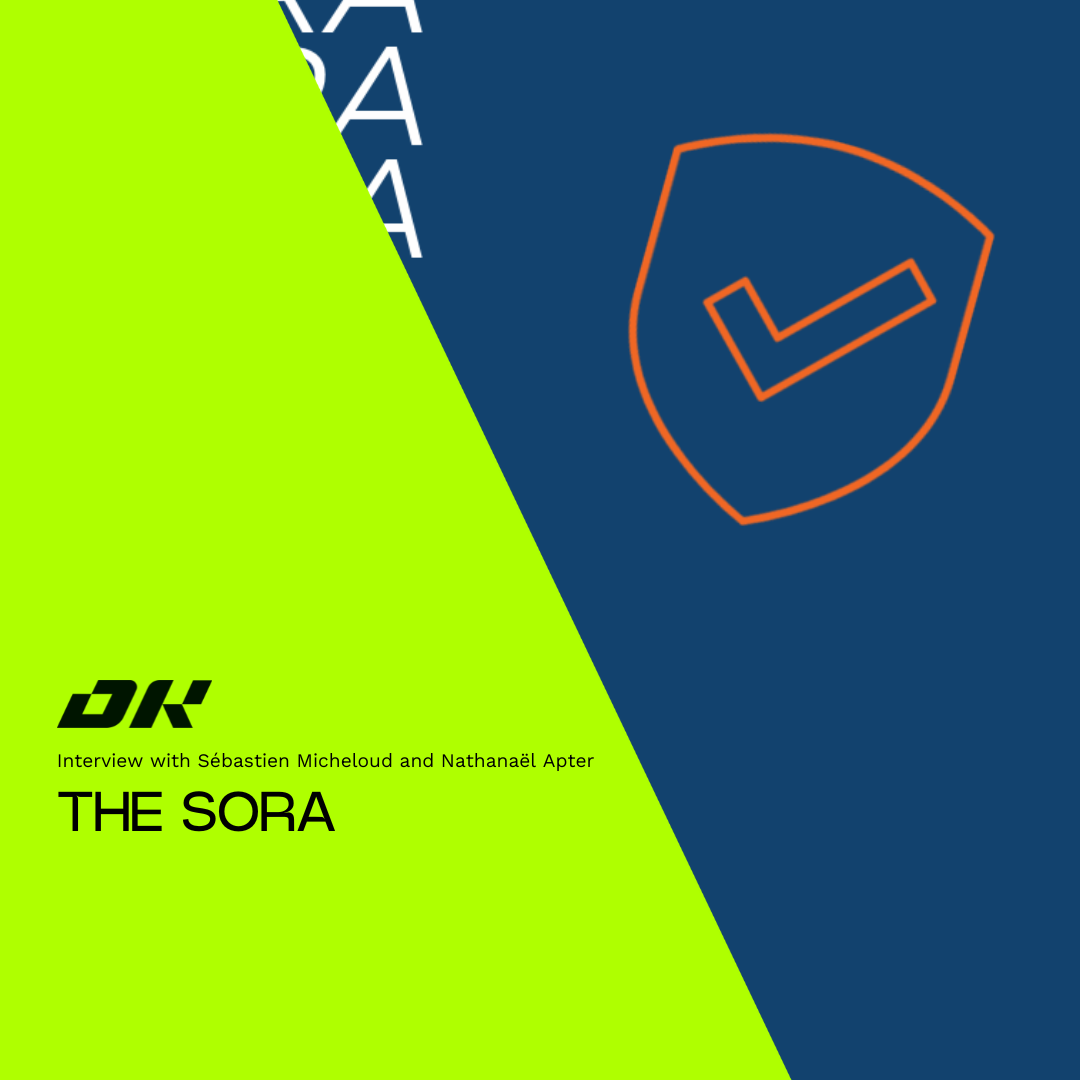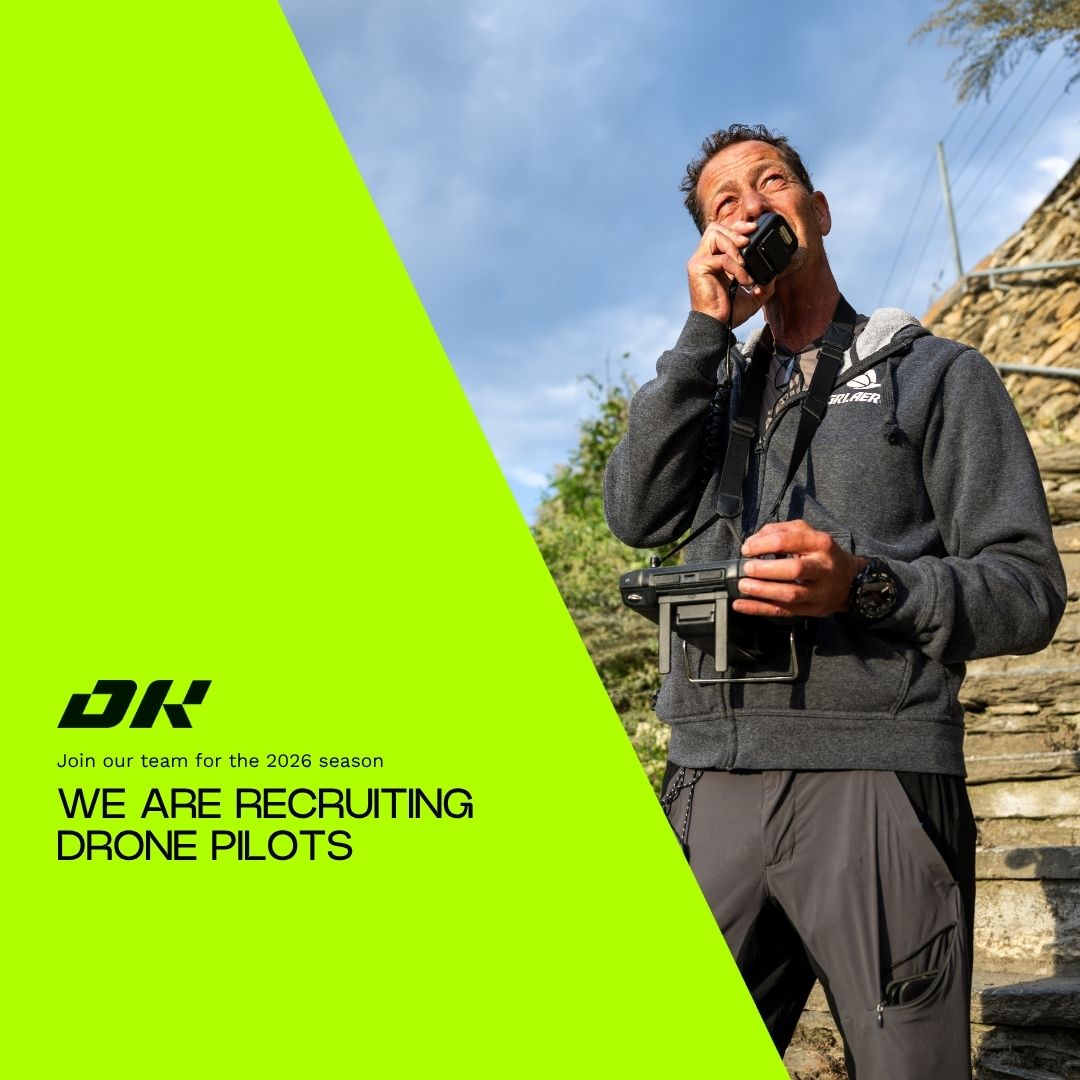The SORA explained for you

Understanding the SORA: an essential step for professional drone operations
In the world of professional drones, regulations are changing fast, and with them the requirements for flying safely and legally. One of the central elements of these European regulations is the SORA – an acronym for Specific Operations Risk Assessment.
But what is it really all about? Why is it crucial?
To find out, we spoke to Sébastien Micheloud, founder of DigitalRoots, and Nathanaël Apter, a drone ecosystem expert and founder of UASolutions.
What is SORA?
The SORA is a risk assessment method designed for drone operations in so-called “specific categories,” i.e., outside the standard framework. It is used to analyze, document, and justify the safety conditions required to fly a drone in a given context.
This could involve, for example, flights close to sensitive infrastructures, operations over inhabited areas, or complex industrial missions.
The aim is to ensure that every flight is carried out with total control of the risks, both to people and to the environment.
An exchange of experts: why is this procedure essential?
In their presentation, Sébastien Micheloud and Nathanaël Apter review the regulatory foundations of the SORA, its importance for the professional credibility of operators, and the key stages in its development (risk analysis, level of mitigation, safety measures, etc.).
They also explain why anticipation and compliance are now the best guarantees of sustainable development in this fast-expanding sector.
Professionalism, safety, and innovation
Far from being a mere administrative formality, the SORA is a strategic initiative. It demonstrates the operational maturity of the drone industry, its commitment to safety, and its ability to work within a regulated framework that is adapted to today’s challenges (agritech, inspection, audiovisual, logistics, etc.).
Would you like to go further?
At DigitalRoots, we help drone professionals to understand and implement their regulatory obligations.
Don’t hesitate to contact us for personalized support.












